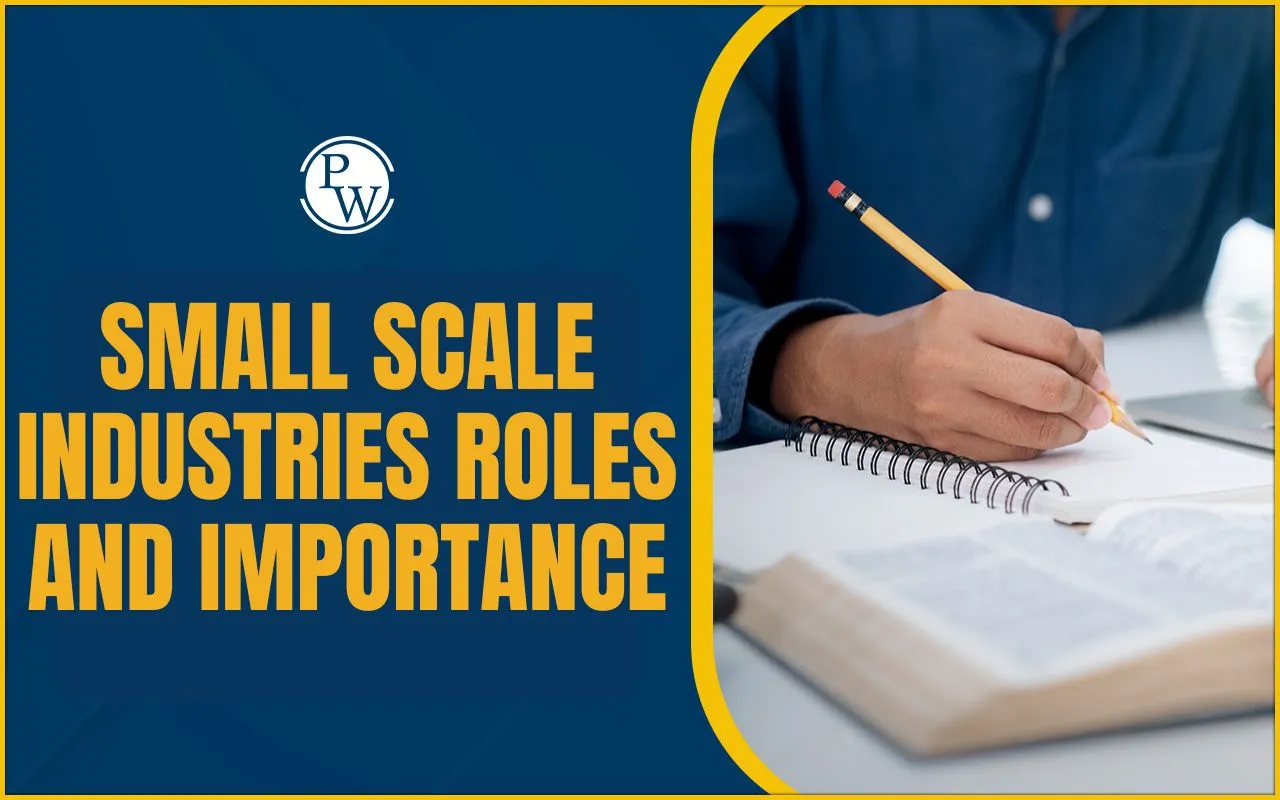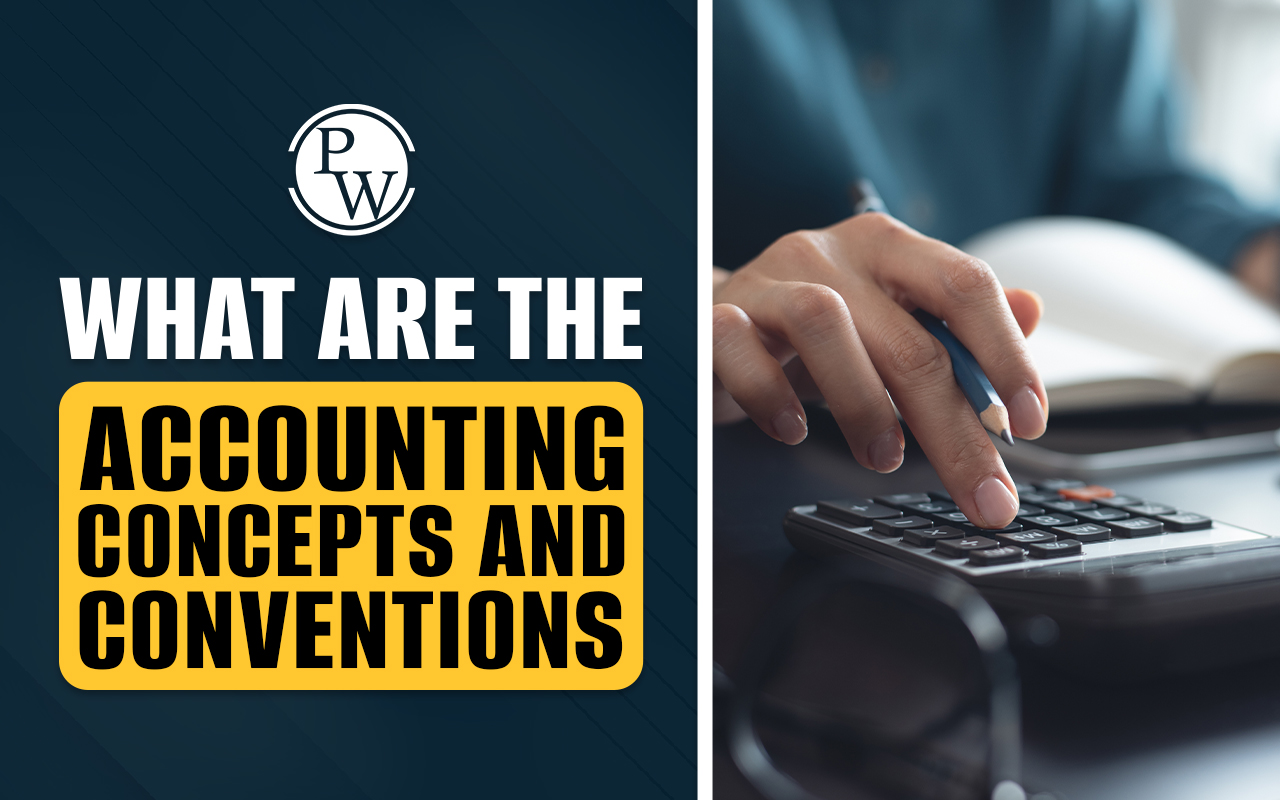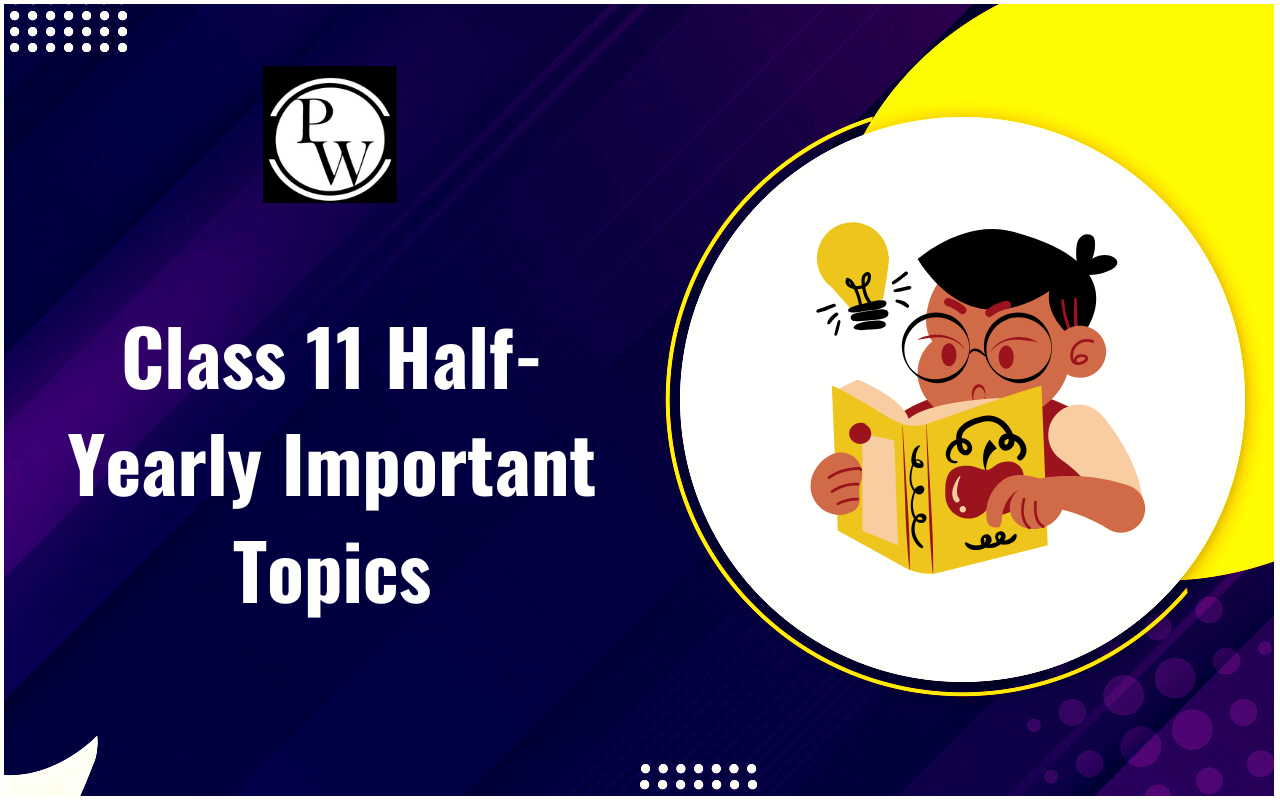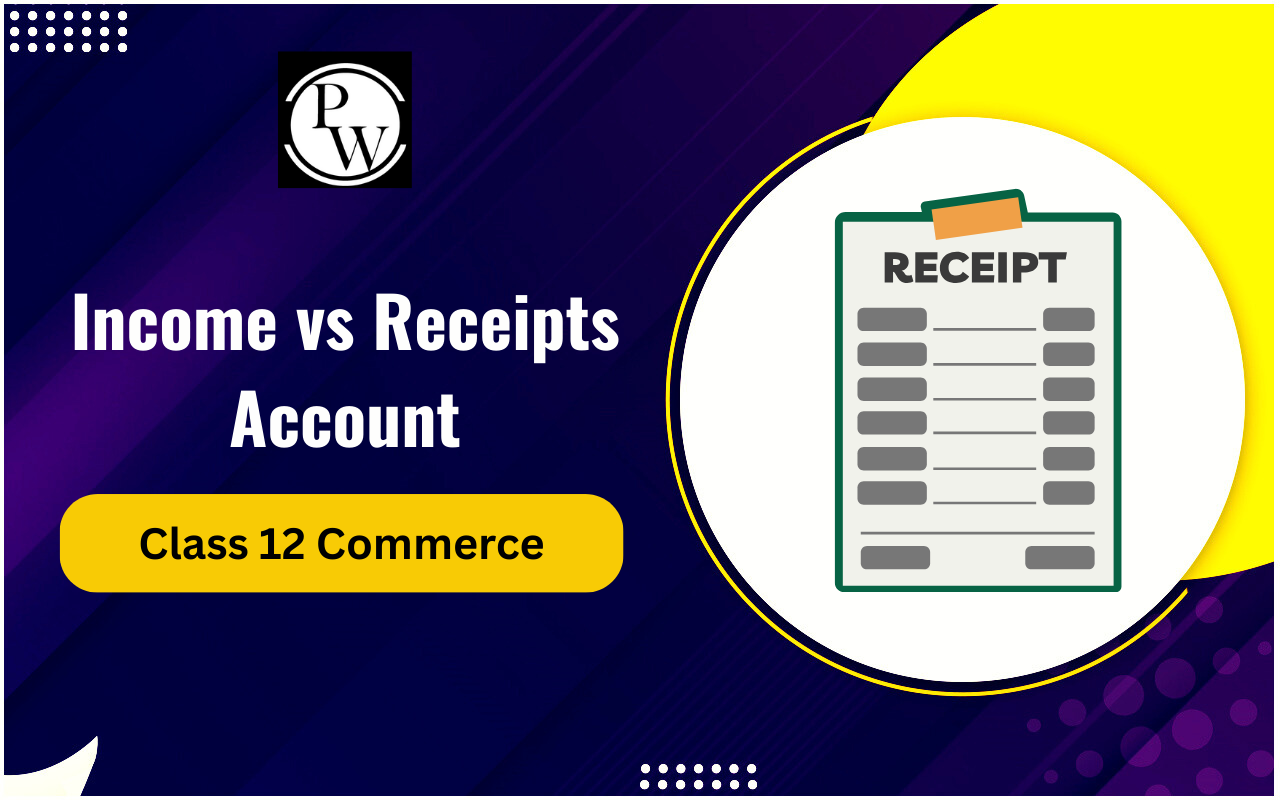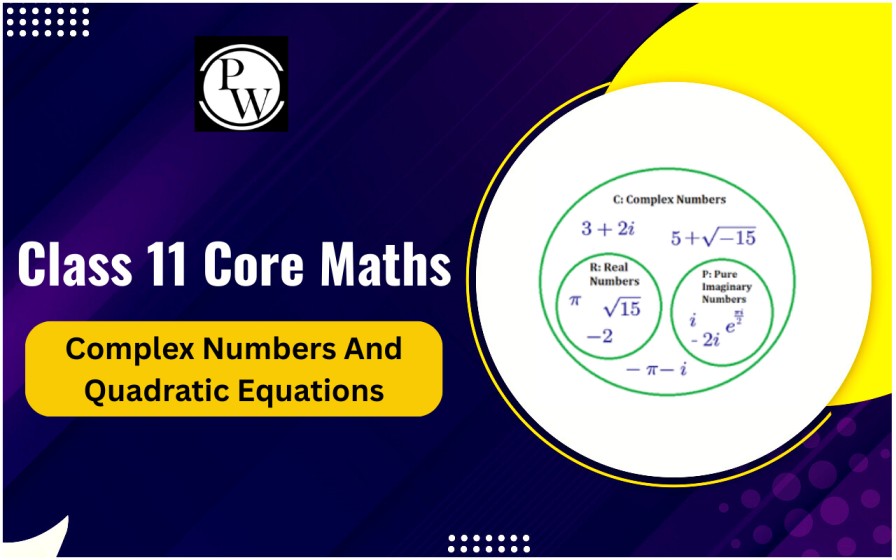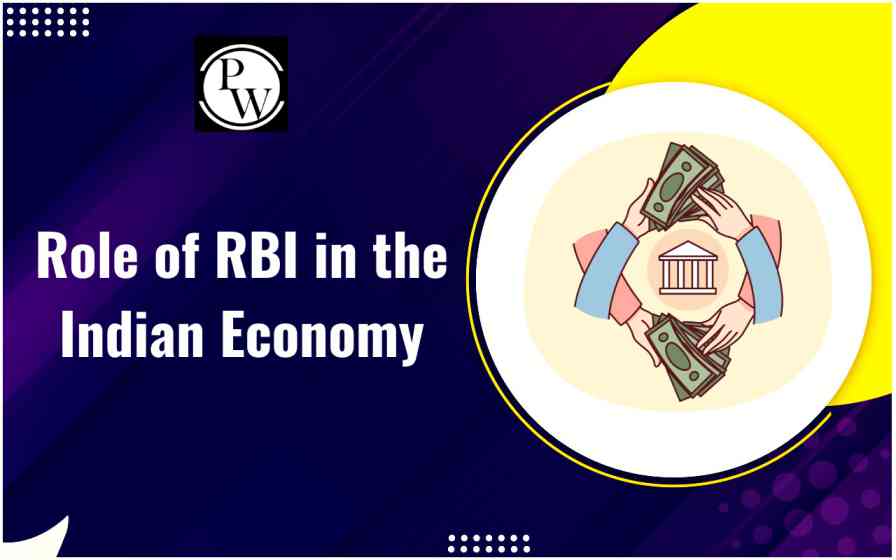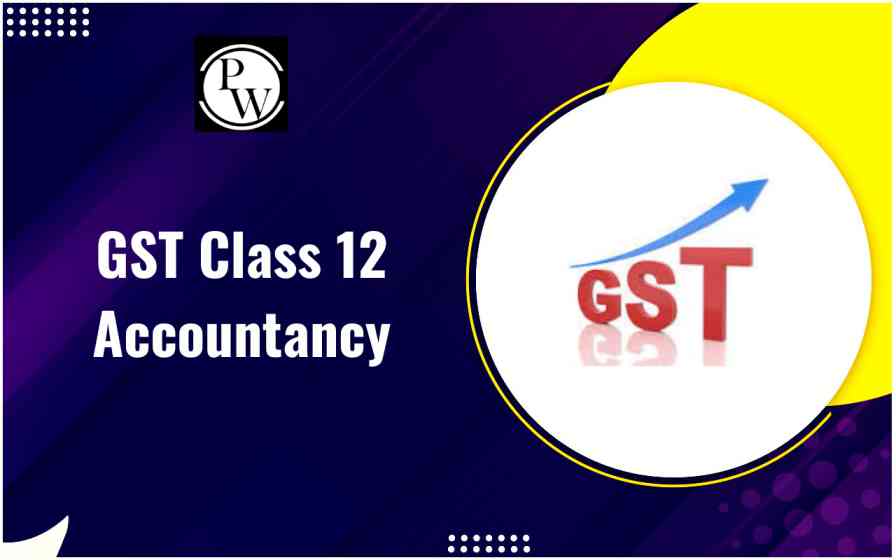
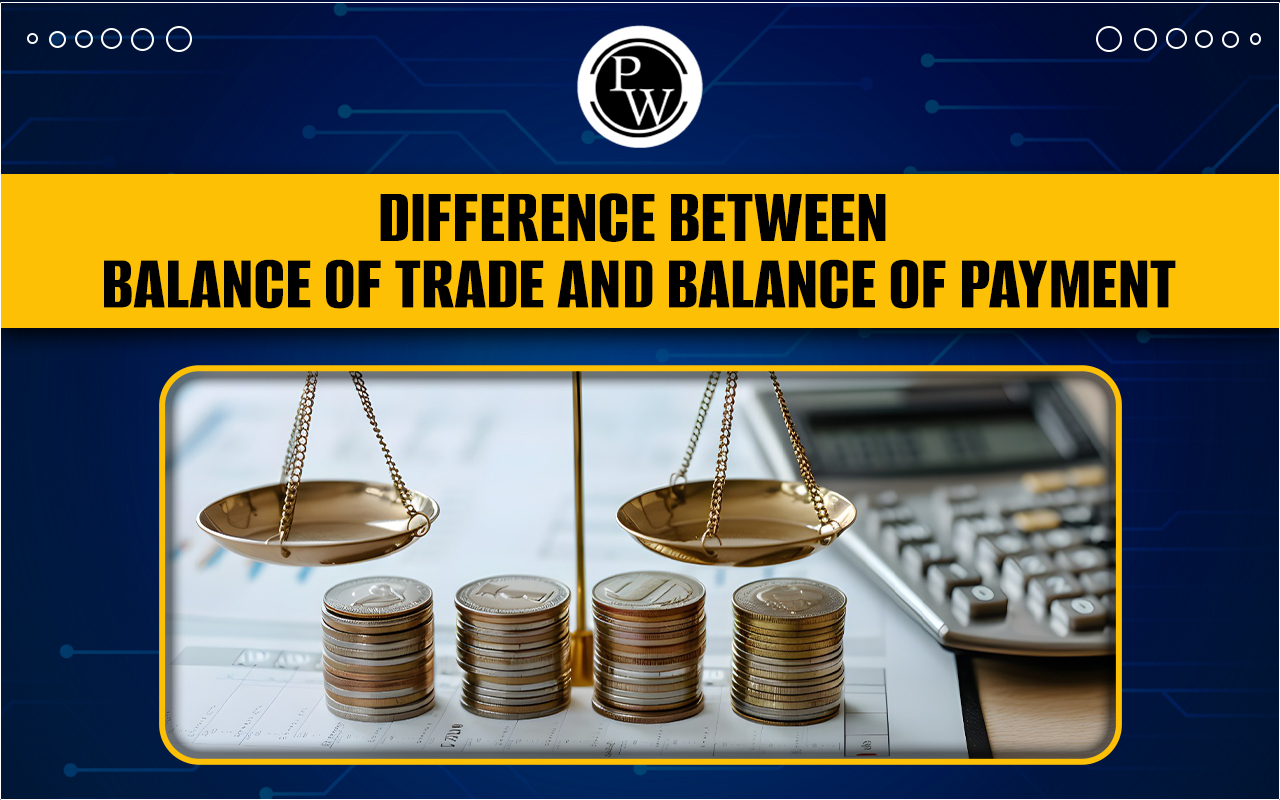
Balance of Trade and Balance of Payment: In international economics, the terms Balance of Trade (BOT) and Balance of Payments (BOP) are frequently used to assess a nation's economic health and interactions with the global market. While they are related concepts, they serve different purposes and encompass various aspects of a country's economic transactions. The Balance of Trade focuses specifically on the difference between the value of exports and imports of tangible goods, providing insight into a nation's trade surplus or deficit.
On the other hand, the Balance of Payments is a broader measure that includes all economic transactions between a country and the rest of the world, covering not only trade in goods but also services, investments, and transfers. This article delves into the key distinctions between these two vital economic indicators, exploring their definitions, components, and implications for a country's financial standing and global economic engagement.What is Balance of Trade?
The term 'trade' refers to the buying and selling of goods. However, when conducted internationally, it is known as imports and exports. The Balance of Trade (BOT) records a nation's imports and exports within a specific year, focusing solely on tangible items. The Balance of Trade (BOT), also known as the Trade Balance, represents the difference between the value of a country's imports and its exports. It is a crucial component of the current account, which also includes other transactions such as income from international investments and international aid. When the value of exports surpasses that of imports, a country experiences a trade surplus. This surplus can lead to an increase in a country's foreign exchange reserves, which can be used for future investments or to stabilize the currency. For instance, in recent years, China has consistently maintained a trade surplus due to its large manufacturing sector. Conversely, when imports exceed exports, it leads to a trade deficit. This deficit can put pressure on a country's currency and may lead to a decrease in its foreign exchange reserves. The United States, for example, has been running a trade deficit for several years due to its high consumption of imported goods. The balance of trade reflects a country's competitiveness in the global market and its overall efficiency as a producer. Country A's Trade Data for 2023:-
Exports:
- Cars: $50 billion
- Electronics: $30 billion
- Agricultural Products: $20 billion
- Total Exports: $100 billion
-
Imports:
- Oil: $40 billion
- Machinery: $35 billion
- Pharmaceuticals: $15 billion
- Total Imports: $90 billion
- Total Exports: $100 billion
- Total Imports: $90 billion
- BOT = Exports - Imports = $100 billion - $90 billion = $10 billion (Trade Surplus)
What is Balance of Payment?
The Balance of Payments (BOP) is a comprehensive record of all commercial transactions conducted by a country with other nations over a specific period. These accounts document every monetary transaction during that time, including commodities, services, and incomes. The BOP aggregates all private and public investments to determine an economy's overall money inflow and outflow over a certain period. Ideally, the BOP should balance to zero, indicating that the money entering the country equals the money leaving it. However, achieving this balance is rare. A negative BOP signifies a deficit, while a positive BOP indicates a surplus. The Balance of Payments (BOP) is classified into the following accounts:- Current Account : This account records tangible and intangible items, including trade in goods and services, income from investments, and current transfers.
- Capital Account : This account tracks the aggregate income generated by the public and private sectors and capital expenditures. It includes external commercial borrowing (ECB), loans to other governments, and foreign direct investments.
- Errors and Omissions : If payments and receipts do not tally, the discrepancy is recorded as errors and omissions to balance the accounts.
Example of Balance of Payments (BOP)
Country A's Economic Transactions for 2023: Current Account:- Trade in Goods: +$10 billion (from BOT example)
- Trade in Services: +$5 billion (exported services worth $15 billion, imported services worth $10 billion)
- Income: -$2 billion (outflows for interest and dividends paid to foreign investors)
- Current Transfers: -$1 billion (foreign aid and remittances sent abroad)
- Capital Transfers: +$3 billion (transfers of non-financial assets and capital)
- Foreign Direct Investment (FDI): +$7 billion (investment from foreign companies)
- Portfolio Investment: -$4 billion (investments in foreign stocks and bonds)
- Other Investments: -$1 billion (loans and other financial transactions)
- Errors and Omissions: +$2 billion (to balance the account)
- Current Account Balance: +$10 billion + $5 billion - $2 billion - $1 billion = +$12 billion
- Capital Account Balance: +$3 billion
- Financial Account Balance: +$7 billion - $4 billion - $1 billion = +$2 billion
- Errors and Omissions: +$2 billion
- BOP = Current Account + Capital Account + Financial Account + Errors and Omissions
- BOP = $12 billion + $3 billion + $2 billion + $2 billion = $19 billion (Overall Surplus)
Begin your journey towards academic excellence in Commerce with our comprehensive Class 11 Commerce courses . Master the CBSE syllabus with expert guidance and ace your exams. Enroll now!”
Difference Between Cost of Debt and Cost of Equity FAQs
What is the Balance of Payments (BOP)?
What are the main components of the Balance of Trade?
Why is the Balance of Payments important?

